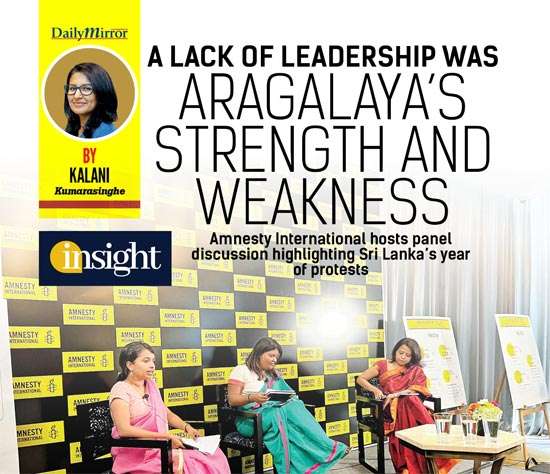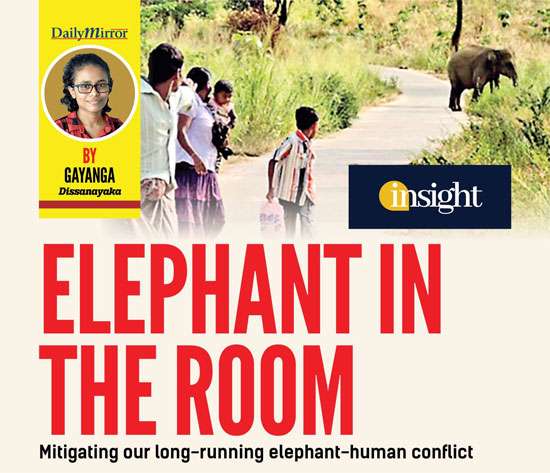Dm Connect
Bad News Overload
30 Mar 2023
 0
0
It is no secret that the last few years have been interlaced with crisis after crisis on a local and an international scale. 2019 marked the start of some of the most turbulent years Sri Lankans have had to face since the end of the 30-year-long civil war in 2009.
Road to Lankagama; Leads to an ailing eco-tourism industry in Sinharaja
17 Nov 2022
 0
0
The 18 kilometre road from Neluwa to Lankagama, one of the three main entry points to the world heritage site Sinharaja rain forest hit headlines a couple of years back when the then President Gotabhaya Rajapaksa ordered a quick renovation to the road, which raised eyebrows of many regarding its eco-sensitive nature.
Tough lessons
02 Jun 2022
 1
1
On a rainy night on May 24, 18-year-old Rizam comes home from an exhausting day of work. He had been assigned for the day to help out in getting a stock count of the goods at the local supermarket he works at. After dinner, he retreats to his room to catch up on the online A/L revision class he had missed for the day. His friend had sent him the recording.
Continuing economic crisis in Sri Lanka and its far-reaching repercussions for women and girls
19 May 2022
 0
0
Soap, milk, and wheat are just a few of the necessities that are scarce in Sri Lanka. The administration blames the worldwide COVID-19 pandemic and global economic downturns, but citizens point to decades of corruption and incompetence. Women are particularly exposed to the effects of Sri Lanka’s economic crisis, which includes skyrocketing prices and a scarcity of basic needs.

Auction yields slump for third consecutive week
19 May 2022
 0
0

Moody’s raises Sri Lanka’s rating
19 May 2022
 0
0

ASPI crosses the 15,000 mark for the first time
19 May 2022
 0
0

Moody’s raises Sri Lanka’s rating
19 May 2022
 0
0

Probe underway as child dies after surgery at J’Pura hospital
19 May 2022
 0
0

Over 370 jumbos perish in 2024
19 May 2022
 0
0
































